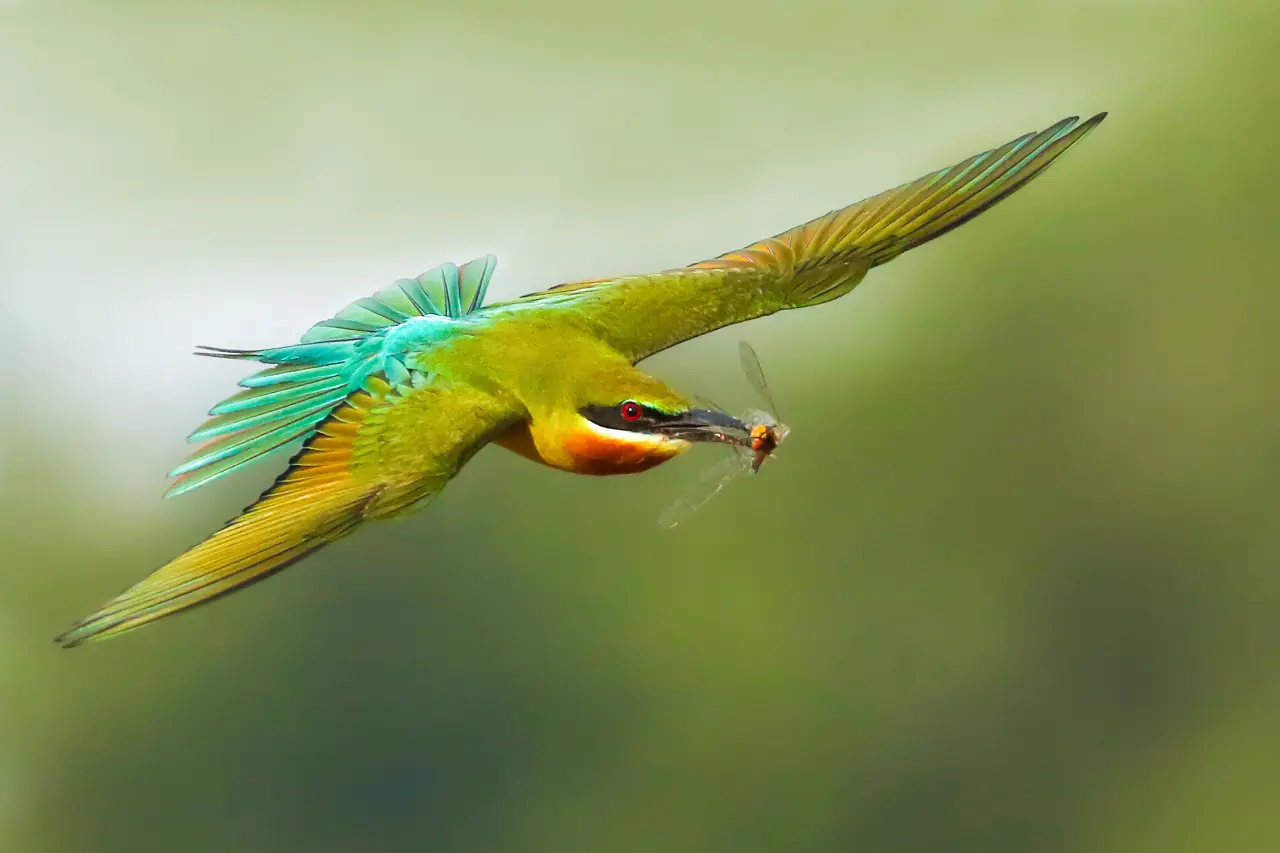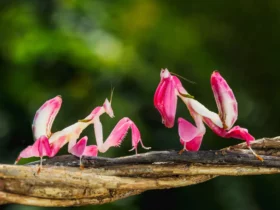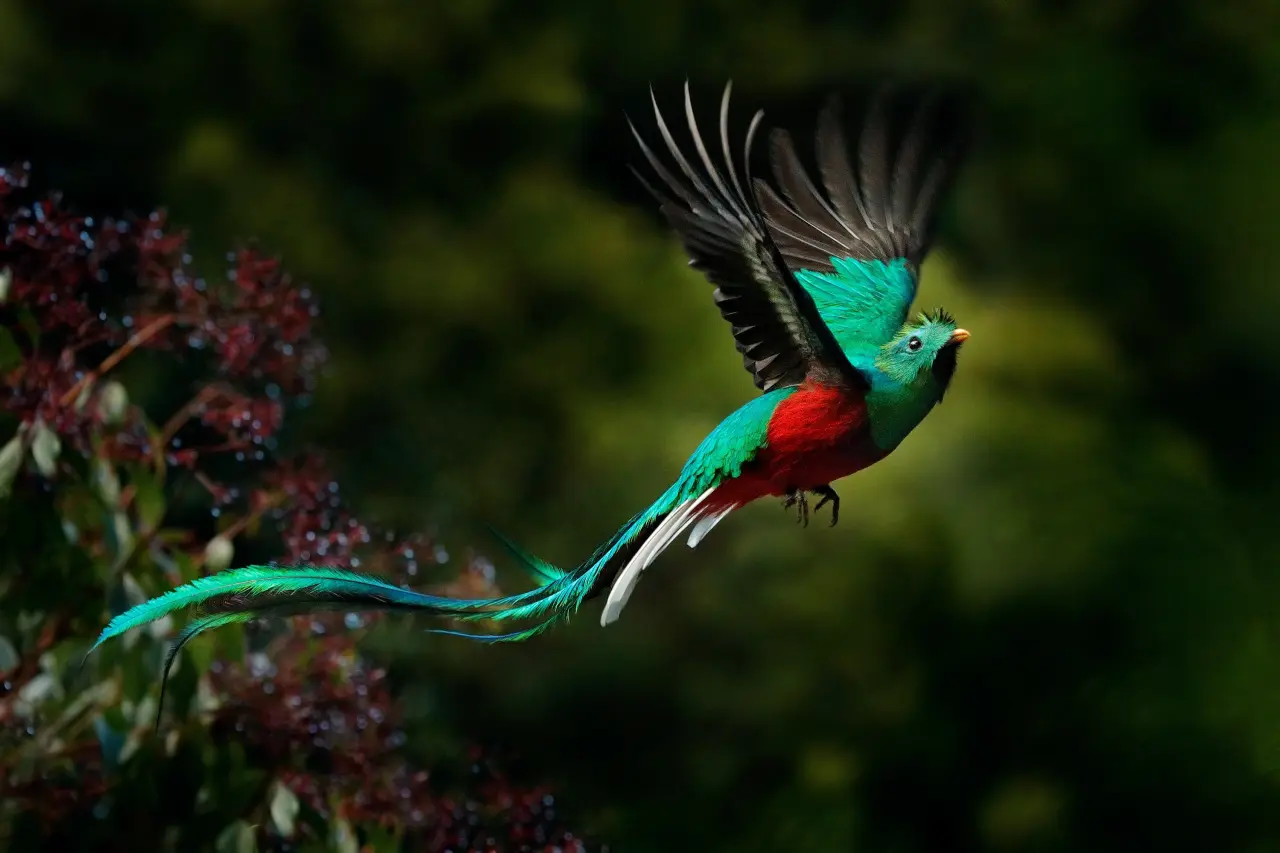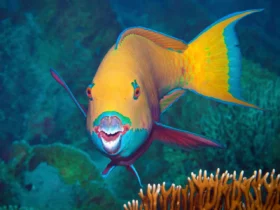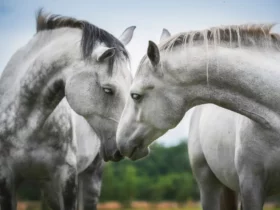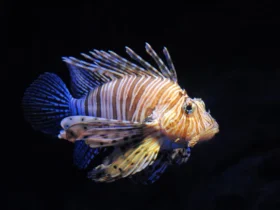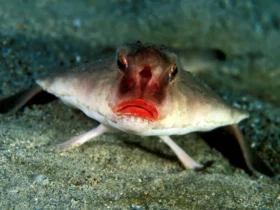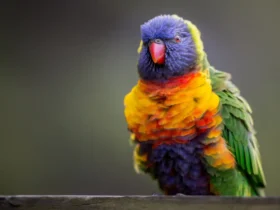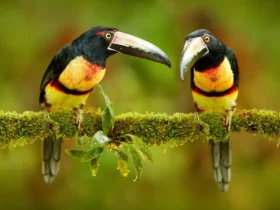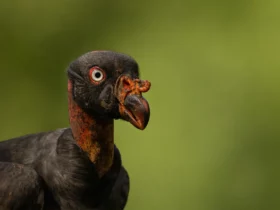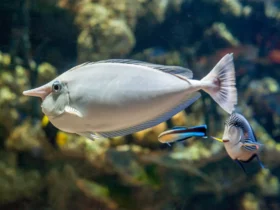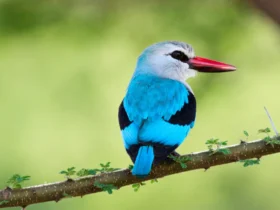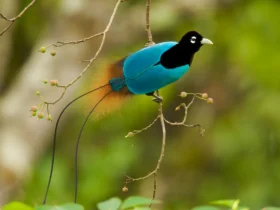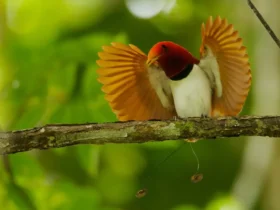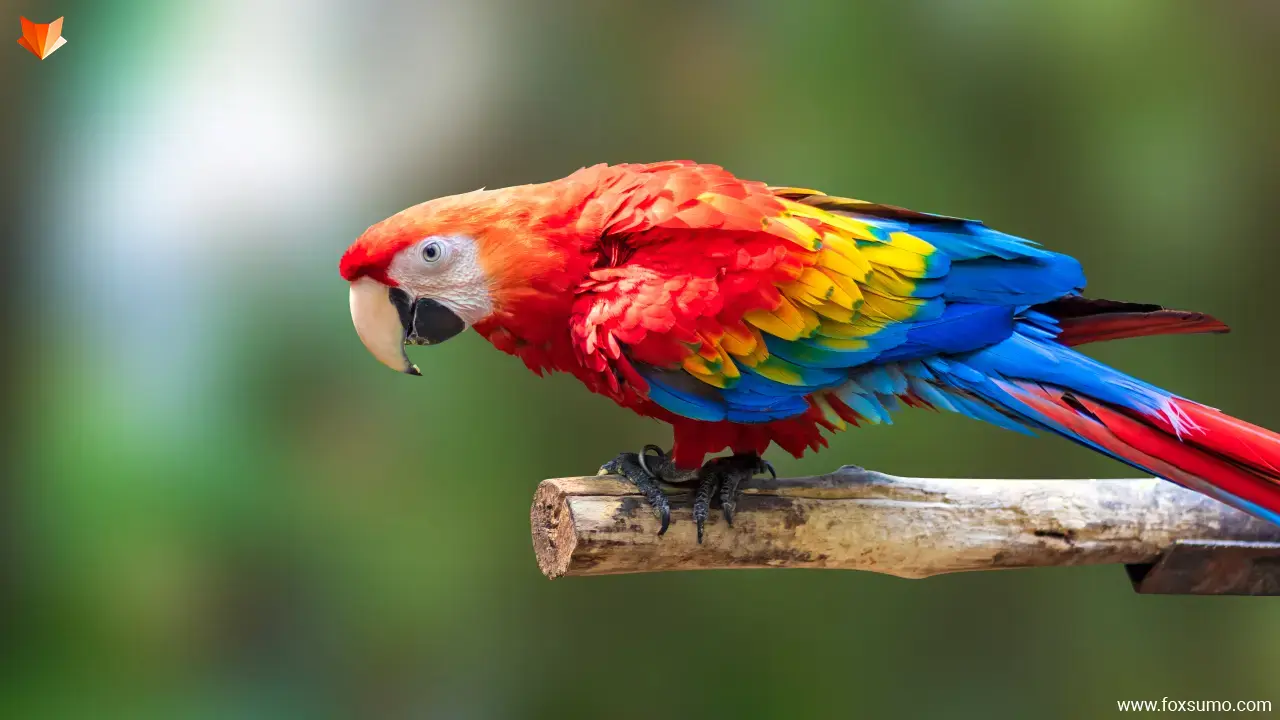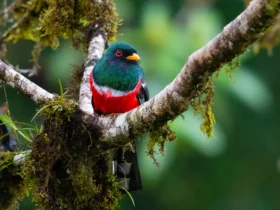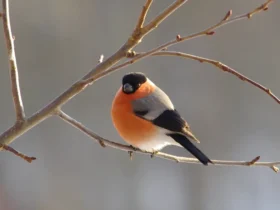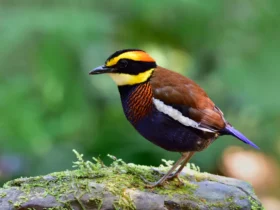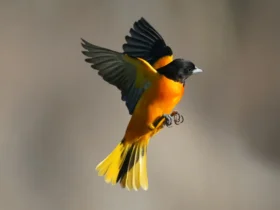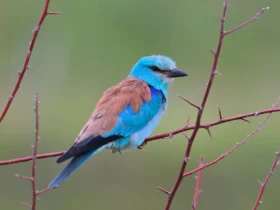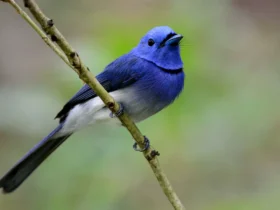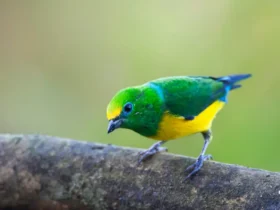The Blue-tailed Bee-eater (Merops philippinus) is a fascinating and colorful bird found throughout Asia. With its vibrant plumage, acrobatic flights, and unique feeding habits, it is no wonder that this bird has become a popular subject for birdwatchers and nature enthusiasts alike.
Appearance
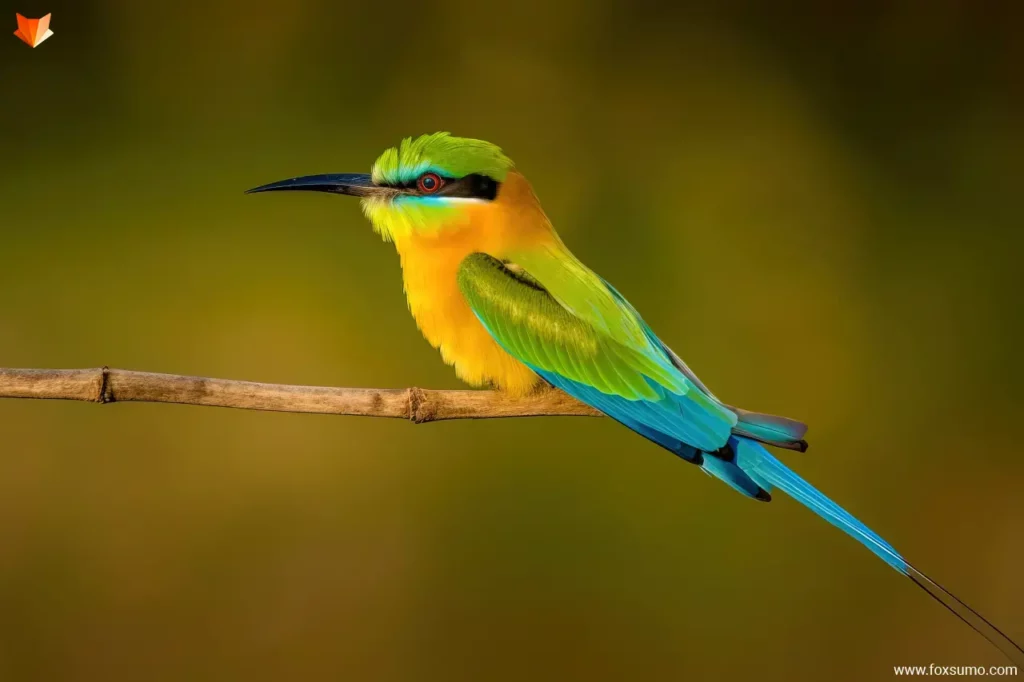
The Blue-tailed Bee-eater is a small, slender bird with a distinctive appearance. Its plumage is a beautiful blend of green, blue, and yellow, with a long, pointed tail that is predominantly blue. The bird has a black stripe that runs from its eye to the base of its bill, and a thin, black beak that is perfectly adapted for catching and eating insects.
Behavior
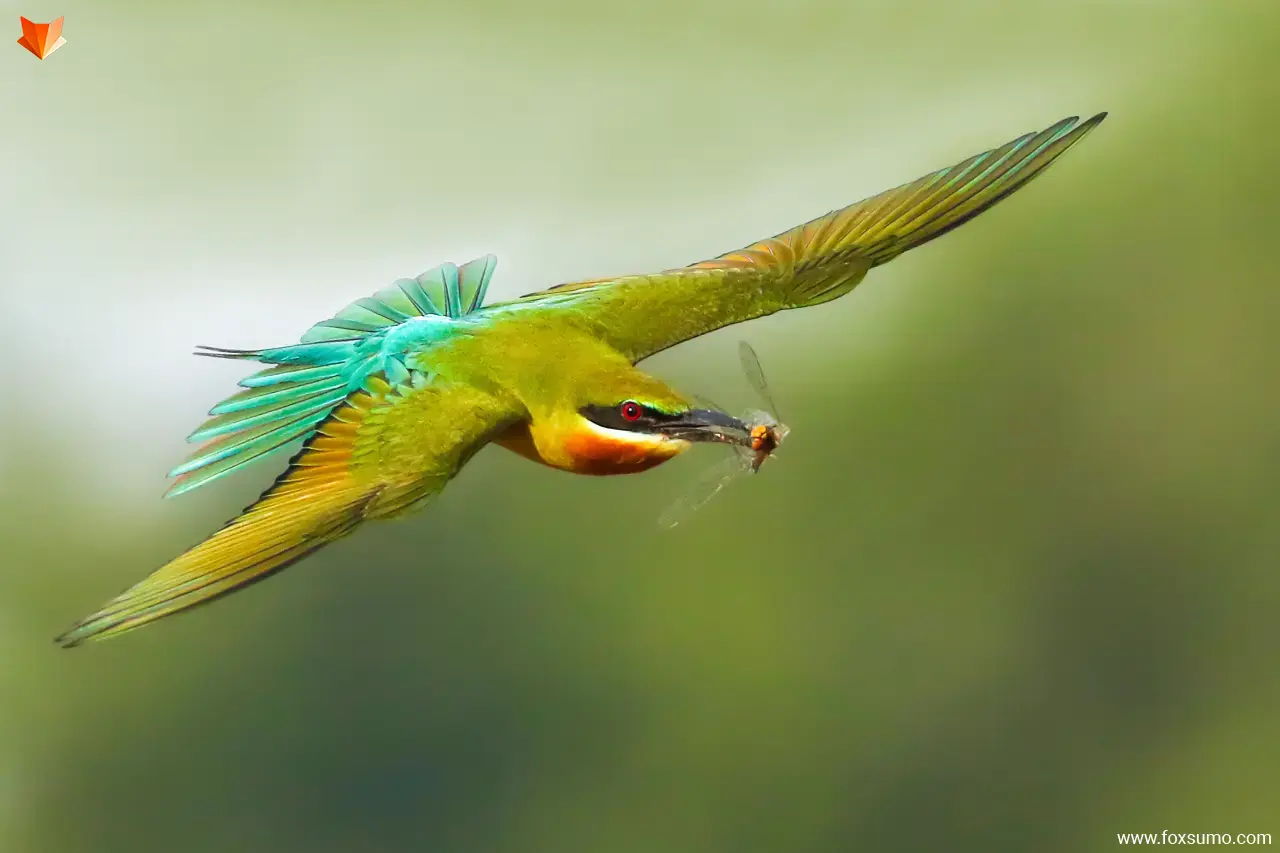
The Blue-tailed Bee-eater is known for its acrobatic flights, which it uses to catch insects on the wing. It is also a highly social bird and can often be seen in large flocks, either perching on trees or flying in synchronized patterns. During the breeding season, these birds are known to engage in elaborate courtship displays, which involve aerial acrobatics, vocalizations, and gift-giving.
Habitat
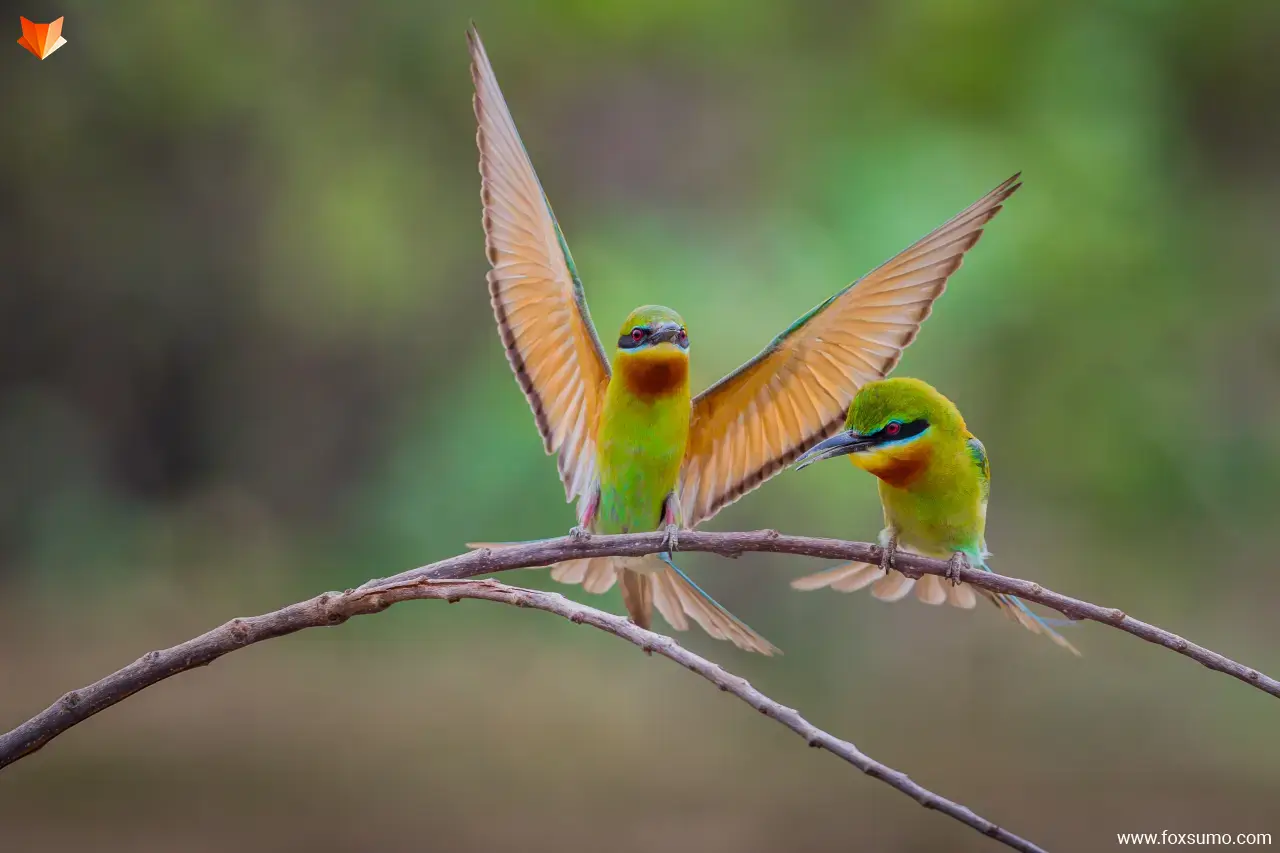
The Blue-tailed Bee-eater is found throughout Asia, from the Indian subcontinent to Southeast Asia. They prefer open habitats such as grasslands, scrublands, and cultivated areas with access to water. They are migratory birds, and during the non-breeding season, they can be found in large numbers in southern Asia and Indonesia.
Feeding habits
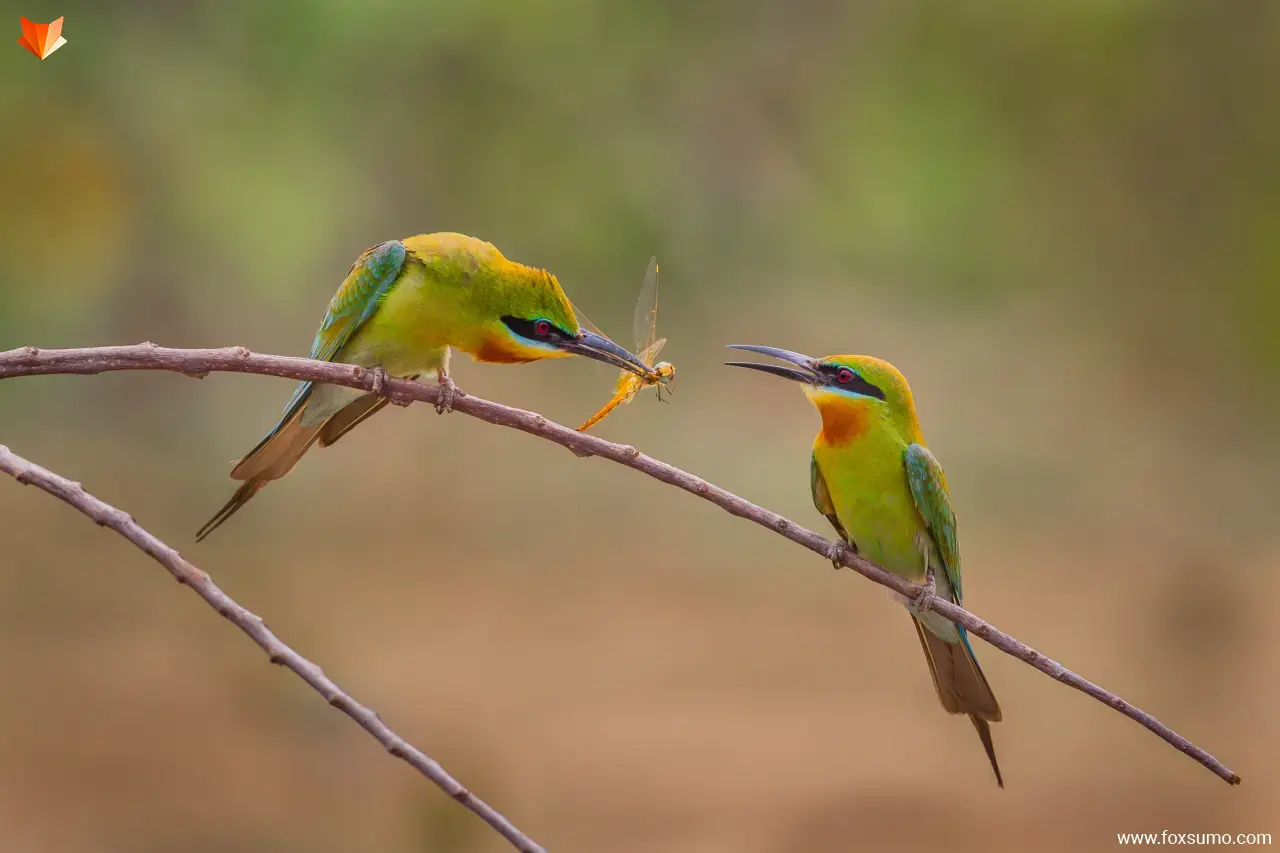
As the name suggests, the Blue-tailed Bee-eater feeds primarily on bees and other flying insects. It catches its prey on the wing, using its sharp beak and agile flight to snatch insects out of the air. In addition to bees, the bird also eats wasps, dragonflies, butterflies, and other insects. The Blue-tailed Bee-eater is an important predator of insects, helping to control populations of pests and contributing to the overall health of the ecosystem.
Conservation
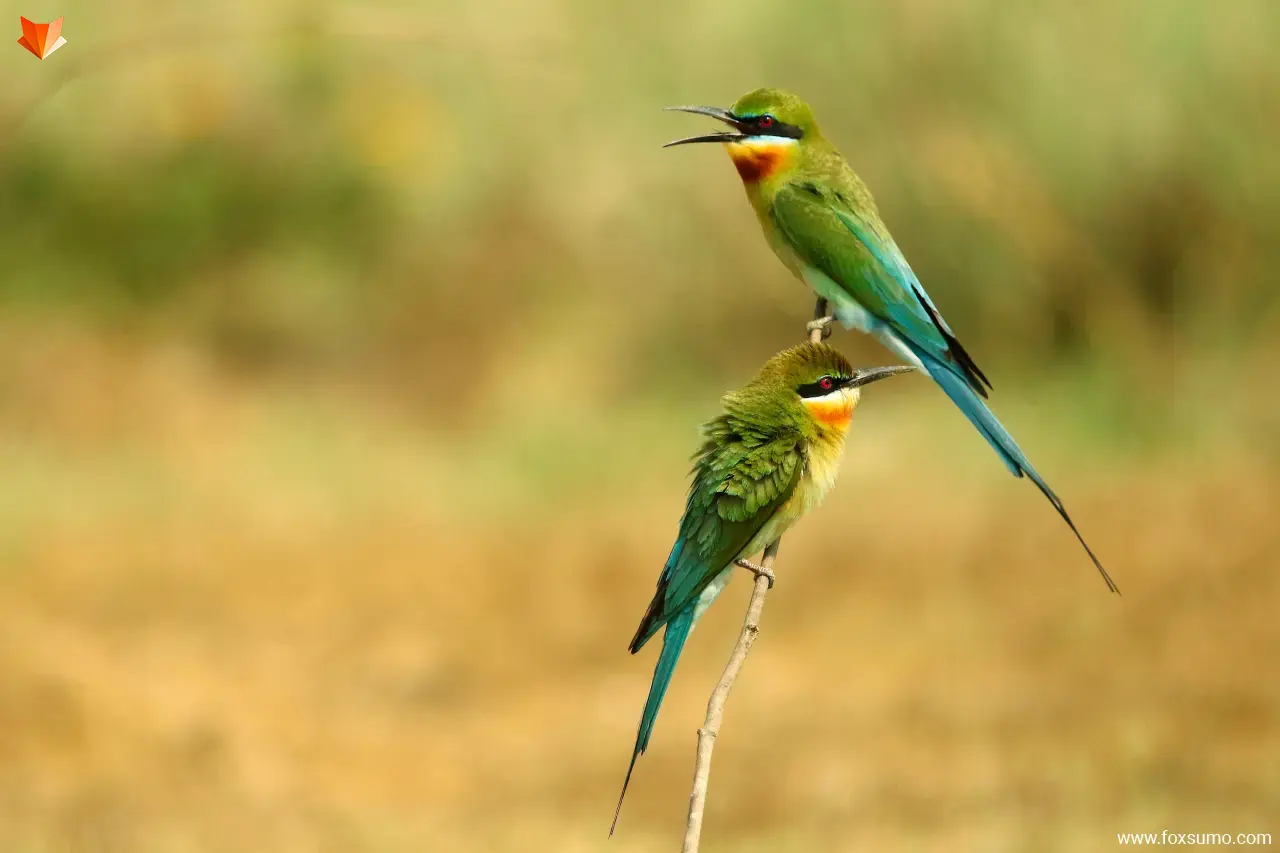
Despite its widespread distribution and relative abundance, the Blue-tailed Bee-eater faces threats from habitat loss, pollution, and hunting. Many of the habitats that these birds depend on, such as grasslands and wetlands, are rapidly disappearing due to urbanization and agricultural development. In addition, pesticides and other chemicals used in agriculture can have a negative impact on the birds’ food sources, leading to declines in population. Finally, some communities hunt the birds for their feathers and meat, further reducing their numbers.
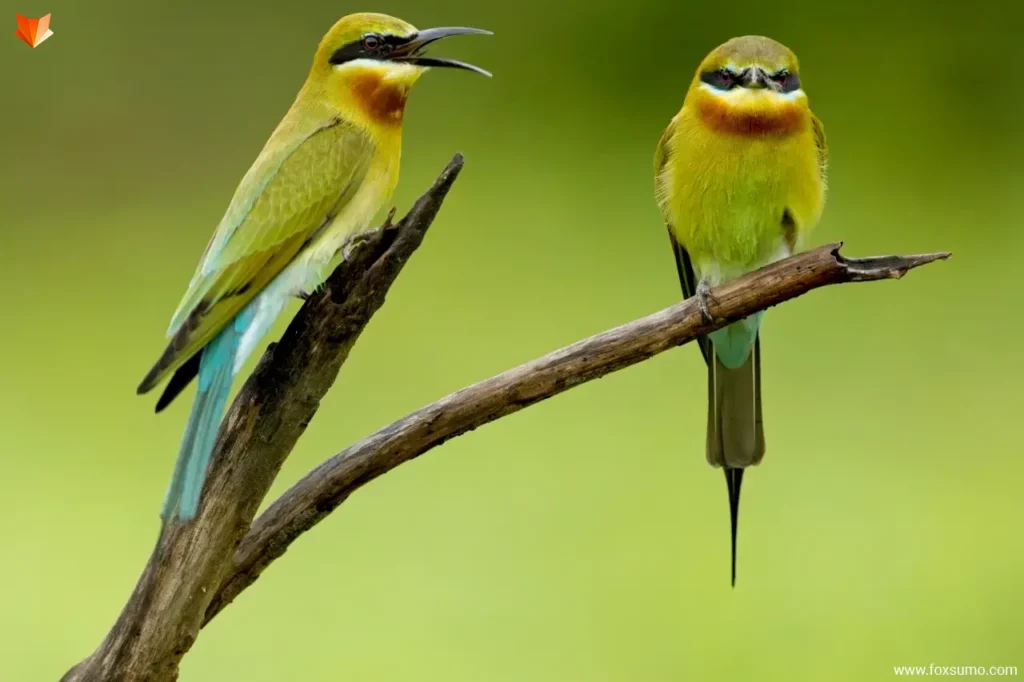
To protect the Blue-tailed Bee-eater, conservation efforts are focused on preserving and restoring its habitat, reducing the use of pesticides and other harmful chemicals, and raising awareness about the importance of these birds to the ecosystem. In some areas, ecotourism programs have been established to provide economic incentives for local communities to protect these birds and their habitats.
Final Thought
The Blue-tailed Bee-eater is a magnificent and beautiful bird that plays an important role in the ecosystem. With its unique feeding habits, acrobatic flights, and striking appearance, it is a favorite of birdwatchers and nature enthusiasts around the world. However, like many other species, the Blue-tailed Bee-eater faces threats from habitat loss, pollution, and hunting. By taking steps to protect these birds and their habitats, we can help ensure that they continue to thrive for generations to come.
